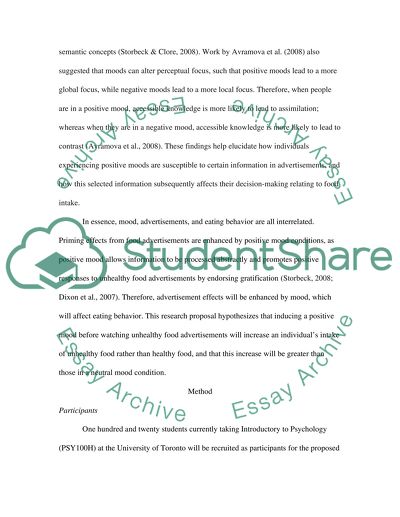Cite this document
(“Is the effect of advertisement and food intake enhanced by positive Essay”, n.d.)
Retrieved from https://studentshare.org/psychology/1584909-is-the-effect-of-advertisement-and-food-intake-enhanced-by-positive-mood
Retrieved from https://studentshare.org/psychology/1584909-is-the-effect-of-advertisement-and-food-intake-enhanced-by-positive-mood
(Is the Effect of Advertisement and Food Intake Enhanced by Positive Essay)
https://studentshare.org/psychology/1584909-is-the-effect-of-advertisement-and-food-intake-enhanced-by-positive-mood.
https://studentshare.org/psychology/1584909-is-the-effect-of-advertisement-and-food-intake-enhanced-by-positive-mood.
“Is the Effect of Advertisement and Food Intake Enhanced by Positive Essay”, n.d. https://studentshare.org/psychology/1584909-is-the-effect-of-advertisement-and-food-intake-enhanced-by-positive-mood.


